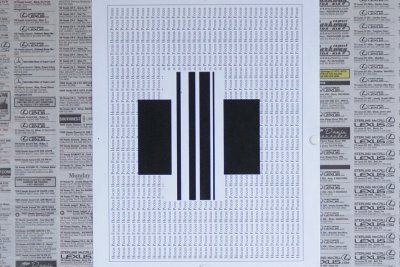





 |
 |
 |
 |
 |
 |
| Steve Lockhart | profile | all galleries >> Camera Issues >> Focus Problems >> Auto Focus Test and Fine Tune Procedure | tree view | thumbnails | slideshow |
Test Image Center Crops
 AF test 18-70mm 07 LV.jpg |
 AF test 18-70mm 08 PDAF Fine Tune off.jpg |
 AF test 18-70mm 09 PDAF Fine Tune -7.jpg |
| comment | share |